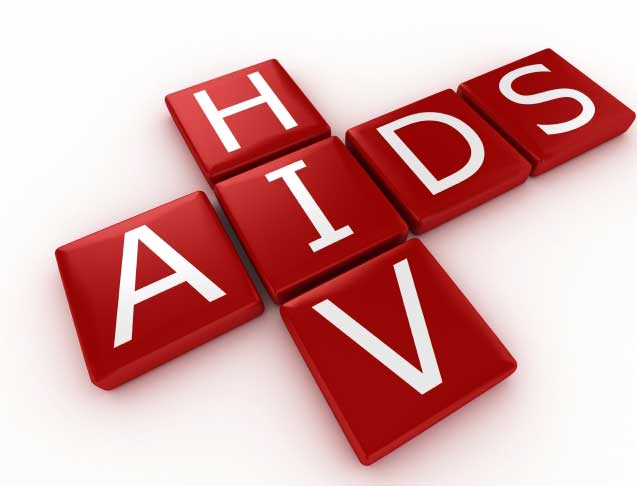Exploring the World of HIV
 HIV/AIDS has been one of the most discussed and feared diseases of all time and has killed millions of people all over the world.
HIV/AIDS has been one of the most discussed and feared diseases of all time and has killed millions of people all over the world.
It has also fostered a new age of awareness and research; a complete cure is yet to be invented. Since there has been fear and talk in equal measure, there is a fair amount of taboo as well as misconceptions that have crept into society about HIV and AIDS.
It is therefore extremely important to raise awareness and understand as much as a person can about them.
What Do You Understand By HIV?
 The Human Immunodeficiency Virus or HIV is a type of virus attacking the body’s defense against any illness, the immune system. The action of the virus involves destroying CD4 or T-helper cells, a class of white blood cells in the immune system, and cloning itself within these cells.
The Human Immunodeficiency Virus or HIV is a type of virus attacking the body’s defense against any illness, the immune system. The action of the virus involves destroying CD4 or T-helper cells, a class of white blood cells in the immune system, and cloning itself within these cells.
As this goes on, the person’s immune system breaks down entirely. What this means for the patient is that if he doesn’t receive treatment, he will find it nearly impossible to fight off even the simplest of infections and diseases.
A CD4 cell count below 200 cells per microliter is referred to as Acquired Immuno-Deficiency Syndrome or AIDS. It is the most advanced stage of the infection and is characterized by immensely heightened susceptibility to various diseases as well as cancers.
How Is HIV Actually Transmitted?
 Person-to-person transmission of HIV occurs due to the exchange of certain bodily fluids like blood, semen, vaginal fluid, pre-seminal fluid, breast milk and rectal fluids.
Person-to-person transmission of HIV occurs due to the exchange of certain bodily fluids like blood, semen, vaginal fluid, pre-seminal fluid, breast milk and rectal fluids.
The fluids may come in contact with a damaged tissue or a mucous membrane or injected directly into the person’s bloodstream using a syringe/needle. Some mucous membranes are found in the mouth, vagina, opening of penis and rectum.
The majority of HIV cases occur due to vaginal or anal sex with an infected person without using protection methods like condoms or taking medication to treat or prevent HIV, blood transfusion and also sharing needles with infected people.
The virus is also carried down from a woman to her child during pregnancy, birth, or breastfeeding.
HIV cannot spread through casual contacts like a kiss, hug, or handshake. You cannot get HIV from coming into contact with dishes, daily articles or toilet seats that have been used by HIV-affected patients.
How to Reduce the Risk of Getting Infected?
While HIV can affect anyone, there are steps you can take to be safe from infection. You can get yourself and your partner tested for HIV before having sexual intercourse. You must opt for Elisa which is the first test for HIV detection prescribed by your healthcare provider.
It is better to use protection, specifically a condom while having sex, as well as, to use it correctly. You are more likely to catch HIV if you have more sexual partners, so it is a good idea to limit that or ensure that you and your partners are tested regularly.
Beyond testing for HIV, you should also test for other STDs and ensure you get treatment, as early as, possible.
There exists a prevention method called pre-exposure prophylaxis (PrEP) which can be administered to individuals who haven’t been infected with HIV yet but are at high risk of the same.
Do not inject drugs. This goes without saying, but if you do, it is mandatory to use equipment that has been sterilized and is new. Never share injections and syringes with others.
Conclusion
HIV/AIDS is one of the most potent and deadly diseases of modern times and awareness is extremely important to reduce the risk of the same, as well as, to understand that HIV patients are not supposed to be shunned from society but to be treated, accepted and loved just like anyone else.
Category: Health




